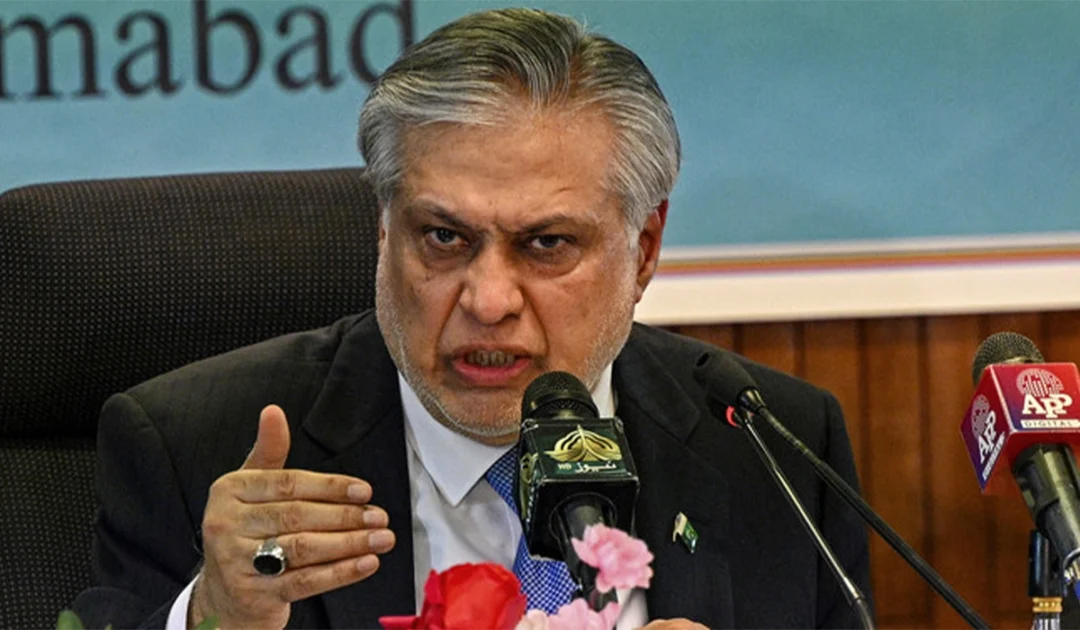- Web Desk
- 10 Hours ago
One bidder remains as PIA gears for privatisation auction tomorrow
-
- Web Desk
- Oct 30, 2024

ISLAMABAD: As the Pakistan International Airlines (PIA) reaches the end of the privatisation line with the auction scheduled tomorrow, latest reports show that only one bidder is left in the race.
Initially there were six potential bidders for the struggling national carrier, but the Privatisation Commission has confirmed that only ‘Blue World City’ has submitted the advance payment, which was a necessary condition for the privatisation bid.
The real estate consortium Blue World City has emerged as the sole bidder in the submission and auction of bids scheduled for tomorrow (October 31).
According to news reports, Blue World City Chairman Saad Nazir confirmed that his company has met all necessary conditions for the bid, and have submitted the required advance money as well. The paid amount remains undisclosed, so far.
The other five potential bidders, including the airlines Airblue and Fly Jinnah, and Arif Habib Corporation, had expressed interest earlier but as the bidding deadline approached, only Blue World City remained. While there are no direct statements, those familiar with the matter say that these companies withdrew due to the mounting concerns over PIA’s financial burdens and operational challenges. The bidders also wished for complete ownership instead of the proposed 76 per cent stake on offer, as of now.
PIA is grappling with a debt of nearly $2.9 billion (Rs 800 billion), and is facing additional struggles such as a grounded fleet and halted routes. Privatisation of the national airline, along with other loss-making state-owned enterprises, is a matter of urgency for the government under the International Monetary Fund’s (IMF) economic reform agenda.
The airline was initially set to be privatised in October, but the Privatisation Commission extended the date to allow the bidders more time for scrutiny of the stakes. Several challenges that may arise after privatisation have already started to surface, including the need to replace the aging fleet that could cost an estimated $500 million, as well as labor retention.





